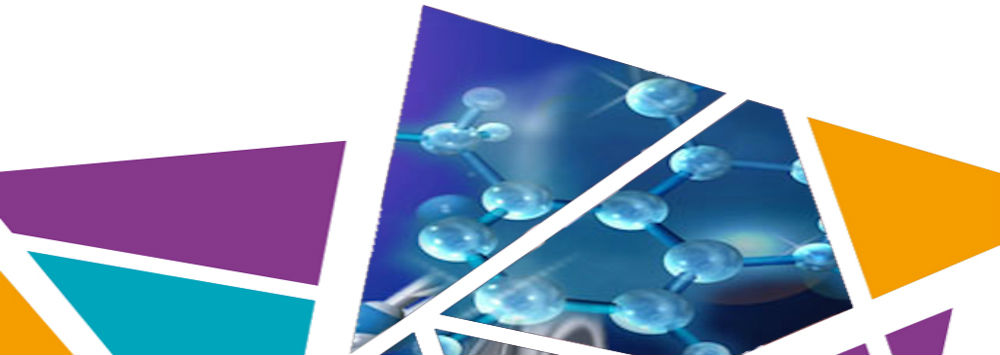The challenge
Understanding the 3D structures of molecules is essential when exploring the interactions between atoms and chemical reactions. However, traditional learning sources do not convey the complex interplay and movement of atoms well.
Professor Nicholas Greeves has long been an advocate for technology-enhanced learning since its conception, and saw the potential of simulation and animation to enhance and complement other educational resources. Making it open source means other users can modify and distribute the software, further enhancing its learning potential.
Research action
ChemTube3D.com is a web-based Open Educational Resource (OER) containing interactive 3D animations and molecular structures. Supporting information for key topics in A-level and undergraduate chemistry degrees is also included.
Under the guidance of Greeves and Dr Neil Berry, Chemtube3D was built over 10 years by students of the University of Liverpool, through supported summer student placements as a part of their undergraduate projects. The work earned Greeves the Royal Society of Chemistry Nyholm Prize for Education Award in 2015.
Working in partnership
In collaboration with Oxford University Press (OUP), traditional textbooks and online resources were linked and successfully demonstrated for the textbook Organic Chemistry, which Greeves co-authored. The approach was so effective that the platform was extended to include other OUP undergraduate textbooks, such as Chemistry3 and Inorganic Chemistry, significantly expanding the scope of the website.
Outputs and outcomes
Nearly 2 million ChemTube3D.com page views were recorded in 2017, comprising around 700,000 users across 217 countries (stats from Google Analytics). Influential chemistry departments using the tool outside Liverpool include schools and universities in Oxford, Cambridge in the UK and Washington in the US.
The tool has also been available as iOS app version since 2017, and an Android app was released in 2018. But the development doesn’t stop there: augmented reality technologies has been developed to form an even more effective bridge between textbooks and online 3D content.
ChemTube3D is a unique educational web site that supports and enhances the teaching of chemistry and is widely used in top universities across the world.
Professor Nick Greeves
Back to: Department of Chemistry
